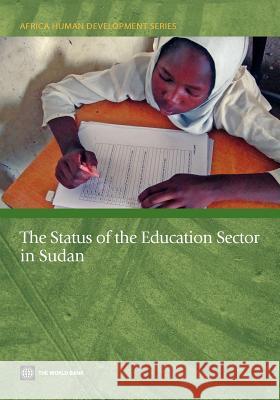The Status of the Education Sector in Sudan » książka
The Status of the Education Sector in Sudan
ISBN-13: 9780821388570 / Angielski / Miękka / 2012 / 260 str.
The Government of Sudan has made great efforts in increasing access to education for children in northern Sudan across education sub-sectors over the past decade. In particular, educational access for children in areas previously affected by conflict has improved substantially since the signing of the peace agreements of 2005 and 2006. Estimates suggest that, on average, 90 percent of all children in northern Sudan had access to a formal school in 2010. However, inequities in access to schooling by gender and location persist. There continues to be regional disparities in access to education by children in rural areas, with girls facing the greatest disadvantage in terms of access to schooling. The challenges ahead relate not only to reducing these inequities in access, but in improving the efficiency of the education system to produce young adults equipped with the skills and knowledge to secure their livelihoods and contribute towards society. If northern Sudan is to achieve its target of Education for All, it needs to focus not only on enrolling all children, but on keeping them in school and creating an environment which facilitates learning. The critical constraints facing the efficiency of the system in northern Sudan include; the large number of drop-outs both at basic and secondary levels; ineffective deployment of teachers across schools (and the inability to attract teachers to remote schools); insufficient resources (particularly textbooks) for children in schools; and inadequate instructional time. The critical risks facing the education sector include a contraction in public spending -due to the heavy reliance of the country on oil revenues- resulting in reduced transfers to the states and the lack of alignment between the educational needs of a state and the resources provided











